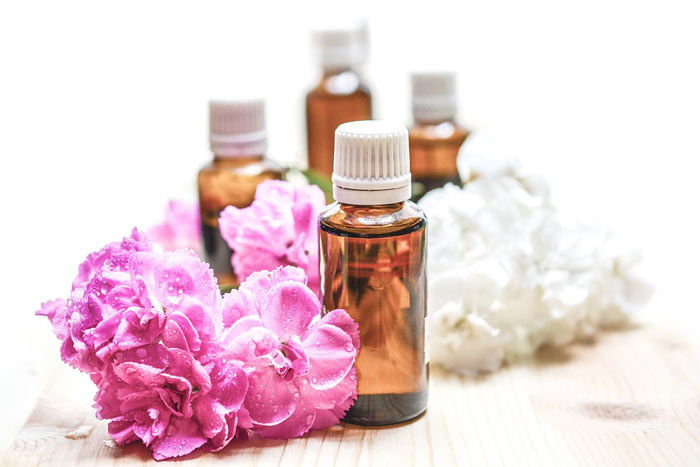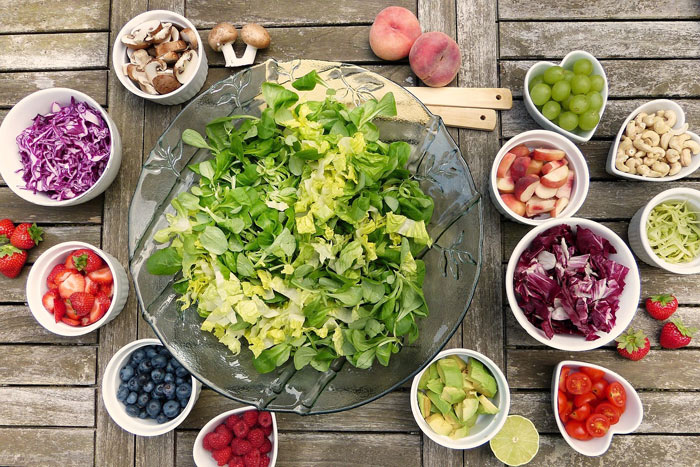CBD is an Ingredient with Enormous Therapeutic Value
Cannabis legalization is now a reality in several US states, and society’s re-embracement of this ancient herb is introducing us to new sets of beneficial compounds and important neurotransmitters. These are helping to demonstrate our deep history with cannabis, as we discover more about how our bodies, and specifically our endocannabinoid systems, are influenced by consuming the whole plant, and isolated cannabinoids such as cannabidiol (CBD).

Cannabis science is also throwing up some fascinating, unforeseen stories – for example, did you know that chocolate contains a neurotransmitter called anandamide, which produces very similar effects to delta-9-tetrahydrocannabinol (THC), a psychoactive substance in marijuana?
Therefore, the slight mood boost that comes from eating chocolate is essentially a tiny, natural cannabis “high”. This isn’t a bad thing, as the body needs plenty of anandamide to regulate the endocannabinoid system and maintain good health. In this post, we’ll explore how you can boost anandamide in the body by cooking with CBD products.
CBD’s relationship with anandamide
Anandamide is often called the ‘bliss molecule’, as it can induce feelings of happiness and other positive emotions by binding perfectly with the CB1 receptor. The neurotransmitter was only found because of its similarities to THC, as scientists searched for a naturally-occurring substance akin to the psychoactive cannabis compound.
However, while anandamide and THC’s effects are alike, the former is much less potent, and does not produce powerful psychoactive effects. This is because the fatty acid amide hydrolase (FAAH) enzyme catalyzes the degradation of anandamide. The FAAH enzyme has subsequently proven an important target area for researchers, and we now know that CBD is an effective inhibitor of it.
Anandamide appears to be the most active endocannabinoid in the endocannabinoid system and interacts with receptors to provide several health benefits – these include enhancing mood, regulating appetite and motivation and perhaps even pain management.
Making CBD-infused butter

Some people find it easier to cook with CBD by first infusing it into butter, so they can then go on and make the recipe as normal. In countries where cannabis is more accepted, it may be possible to purchase butter already infused with CBD – this is known as cannabutter (just be sure to find a non-psychoactive product).
However, if you cannot find any premade butter, you can make some yourself by combining butter with CBD oil. When heating the butter and CBD oil, use temperatures below 400°F or the CBD will evaporate, causing the butter to lose its therapeutic value. If your recipe requires you to use higher temperatures than this, add the CBD oil in at the latest possible stage.
To make a fairly potent butter satisfactory to the average user, for every 150 grams of butter use 5ml of CBD oil – this can be increased or reduced accordingly.
Heat the butter and CBD oil in a pan, along with two or three cups of water at around 350°F for three to four hours. The butter will gradually start to thicken up; but stir it every 30 minutes. When the four hours are up, pour the CBD-infused butter into a container, and refrigerate for at least two hours so the mixture can solidify.
Brownies, cookies and cakes are just a few of the homemade edibles you could bake up with your CBD-infused butter. Cannabutter tends to go well with strong flavors such as chocolate – the CBD has an unusual hempy taste that some prefer to block out.
Store your edibles or cannabutter in cool, dark conditions (i.e. the fridge), to ensure that it lasts longer, and the medicinal value of the CBD is maintained. While not conclusively proven, there is research that suggests CBD is sensitive to light, hence why it’s best to keep it in the dark.
Using full-spectrum CBD oil

When browsing through the massive range of CBD products, you will undoubtedly come across “full-spectrum” CBD oil products that claim to be more effective than CBD-isolates because they are made with a whole-plant extract. Full-spectrum CBD oil is perfectly okay to cook with, as the hemp plants used to make these products are very low in THC. However, some cannabinoids have lower evaporation points, so if you are cooking with this type of oil, it’s possible that some of the extra therapeutic properties will be lost.
CBD tincture oils are excellent for cooking with, as you can add a precise amount of CBD into your recipe using the pipette provided. This is ideal if making CBD edibles for medicinal purposes, when you need your treats to administer consistent dosages.
Is CBD legal?
Most countries have adopted a relaxed position toward CBD, and particularly if the products it is contained in are made from hemp. In 2014, the United States legalized hemp products with less than 0.3 percent as part of the Farm Bill. The reason why governments are no longer looking to restrict CBD is because it has no recreational usage and is safe for consumption.
The World Health Organization’s Expert Committee on Drug Dependence met in November 2017, in a landmark meeting where they confirmed that CBD has “no abuse potential” – the first time that a United Nations agency has made a concession for a cannabis derivative.
There are few reported side effects with CBD, however larger doses have been linked with sedation, so it’s best not to drive or use heavy machinery soon after a significant dose. If you are concerned about CBD causing adverse reactions with other medication, consult a doctor with an understanding of cannabis.
Conclusion

When cooking with CBD, you’re consuming it as an edible, which has much different effects than sublingually absorbing oil or vaporizing CBD e-liquid. Prepare to wait upwards of an hour for CBD to pass into the bloodstream, where it can then start to interact with cannabinoid receptors.
It may take a while to work out how strong your CBD edibles need to be, but as a non-addictive substance, you can have peace of mind when trying more potent doses. Perhaps journal your experiences so you can gauge how the body responds to different amounts of CBD.



